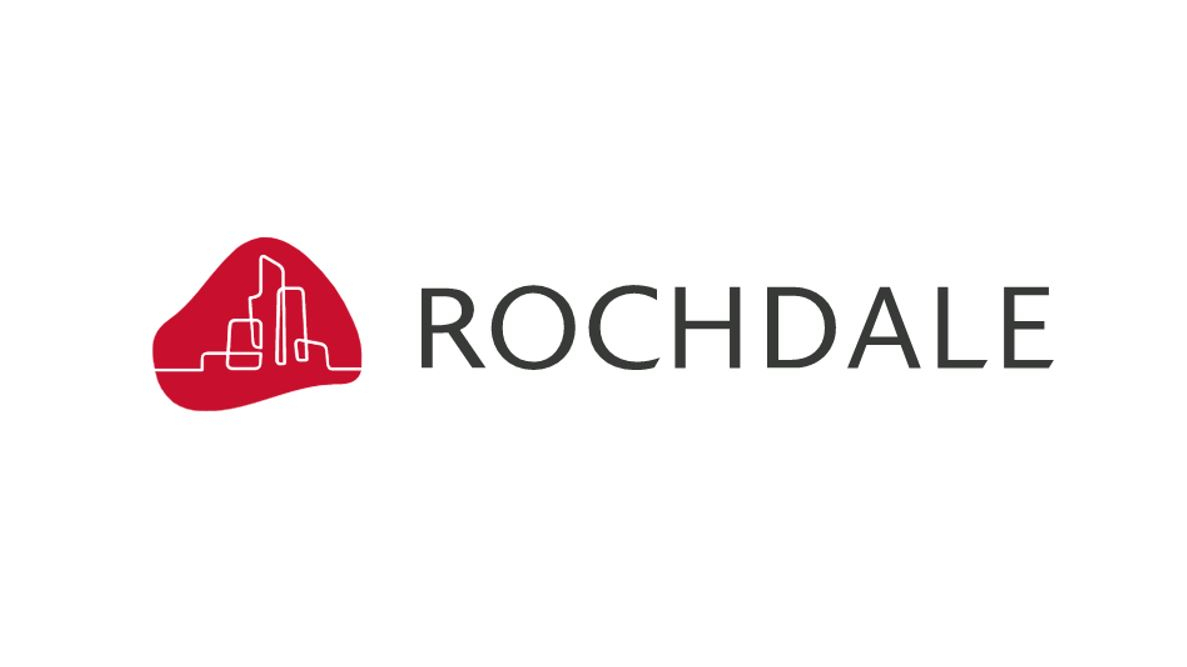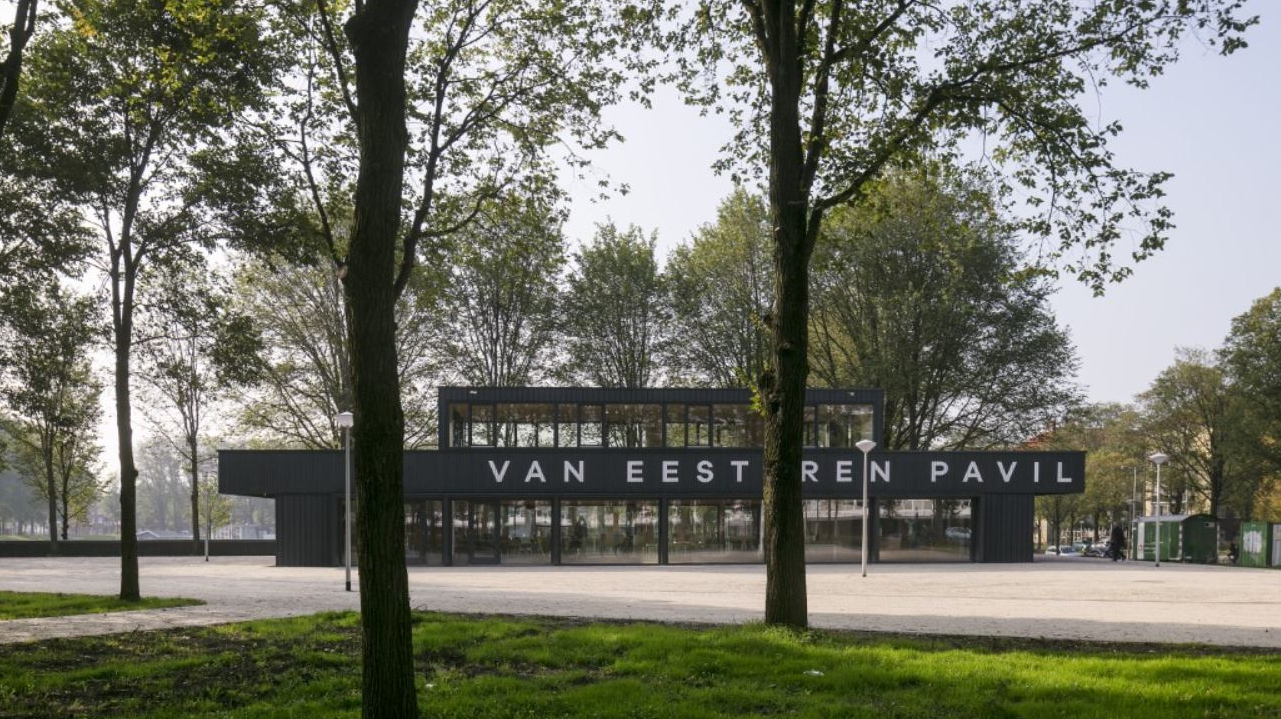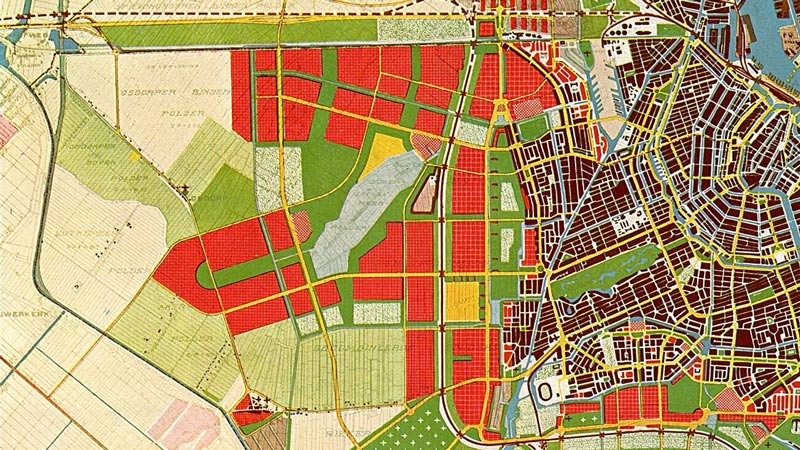
Slotermeer
Amsterdam, Netherlands
After Bos en Lommer, Slotermeer is the oldest of the Western Garden Cities of Amsterdam.
| Garden City Type: | Mixed (housing association / municipality / other) |
| Country: | Netherlands |
| City: | Amsterdam |
| Years of construction: |
1951 Start construction 1965 Completion
|
| Initiator/client: | Municipality of Amsterdam - Dienst der Publieke Werken |
| Architect or related: |
Cornelis van Eesteren |
| Heritage status: | No |
| General condition of Garden City: | Reasonable condition |
General description
Slotermeer is the oldest of the Western Garden Cities of Amsterdam. This first garden city outside of the Ringspoordijk (the western part of the railway ring around the city) was opened by Queen Juliana on the 7th of October 1952. The first residents arrived in the autumn of 1952, coming from the busy city centre or as migrant workers from the countryside.
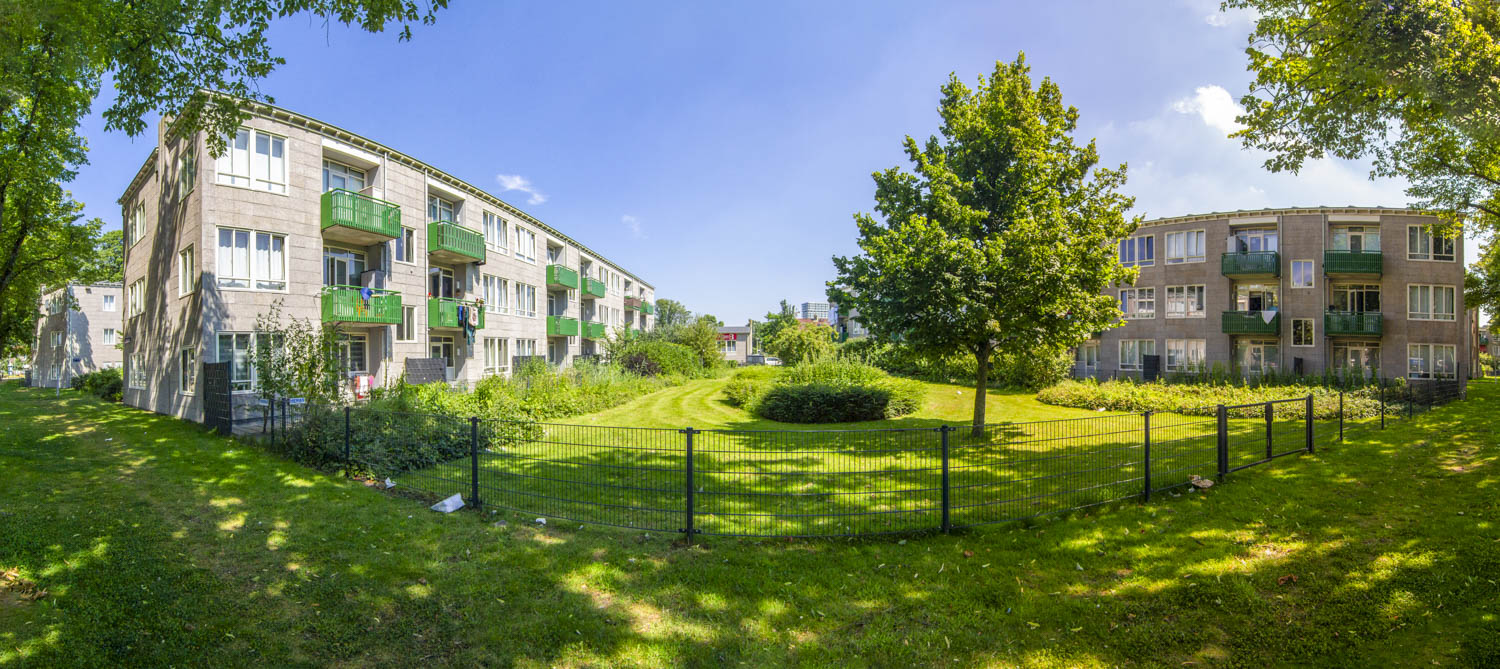 Airy-houses at Burgemeester de Vlugtlaan.
Airy-houses at Burgemeester de Vlugtlaan.
Architecture / Urban planning
In this post-war neighbourhood there was plenty of space, greenery and water, creating a pleasant living environment. At the heart of Slotermeer the lively Plein ’40-’45 square is situated, host to a daily market. It is surrounded by shopping streets with many shops and local businesses, the Garden City Hall (the ‘town hall’ of the district of Nieuw-West since 1990), hotels and a small harbour. It also features the Freedom Carillon at its centre which, like the name of the square, commemorates the Second World War. In addition, various streets are named after resistance fighters.
Even though Slotermeer saw no large-scale demolition or new building projects, it did see renovation of prominent buildings such as the so-called Paint boxe flats (built between 1954 and 1956) and the Airey-houses (built in 1952-1953). Additionally, several new projects have added to the streetscape. For instance community centre De Honingraat on the Slotermeerlaan and the school building De Heldring next to the Gerbrandypark.
Fortunately, we can still experience the atmosphere of the early days of the neighbourhood. A good example of this is the municipally protected city site, known as the Van Eesteren Buitenmuseum (the Van Eesteren Outdoor Museum).
Recent developments
Renovation of the Dobbebuurt and around the Burgemeester Fockstraat by Rochdale
The homes in the Dobbebuurt and around the Burgemeester Fockstraat (all in the Slotermeer area) are being renovated by the Rochdale housing association.
The Dobbebuurt has nine blocks of apartments and seven of them are managed by Rochdale. The houses were built in the early 1950s. That was the time of reconstruction, when there was a great need for a rapid expansion of the city.
Across the Burgemeester De Vlugtlaan, to the left and right of the Burgemeester Fockstraat, Rochdale still owns four residential blocks. These were built in the same period.
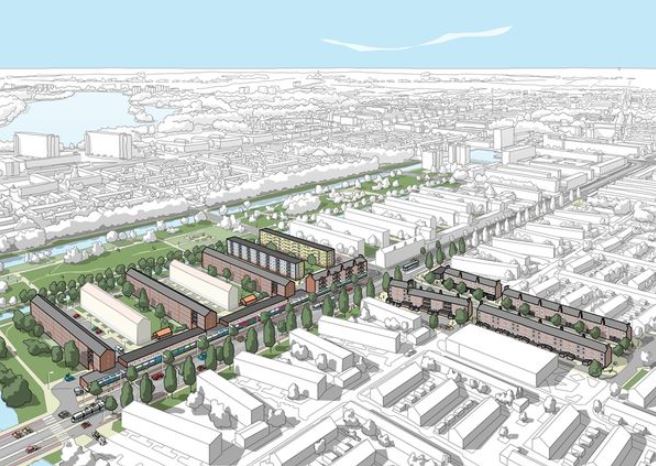
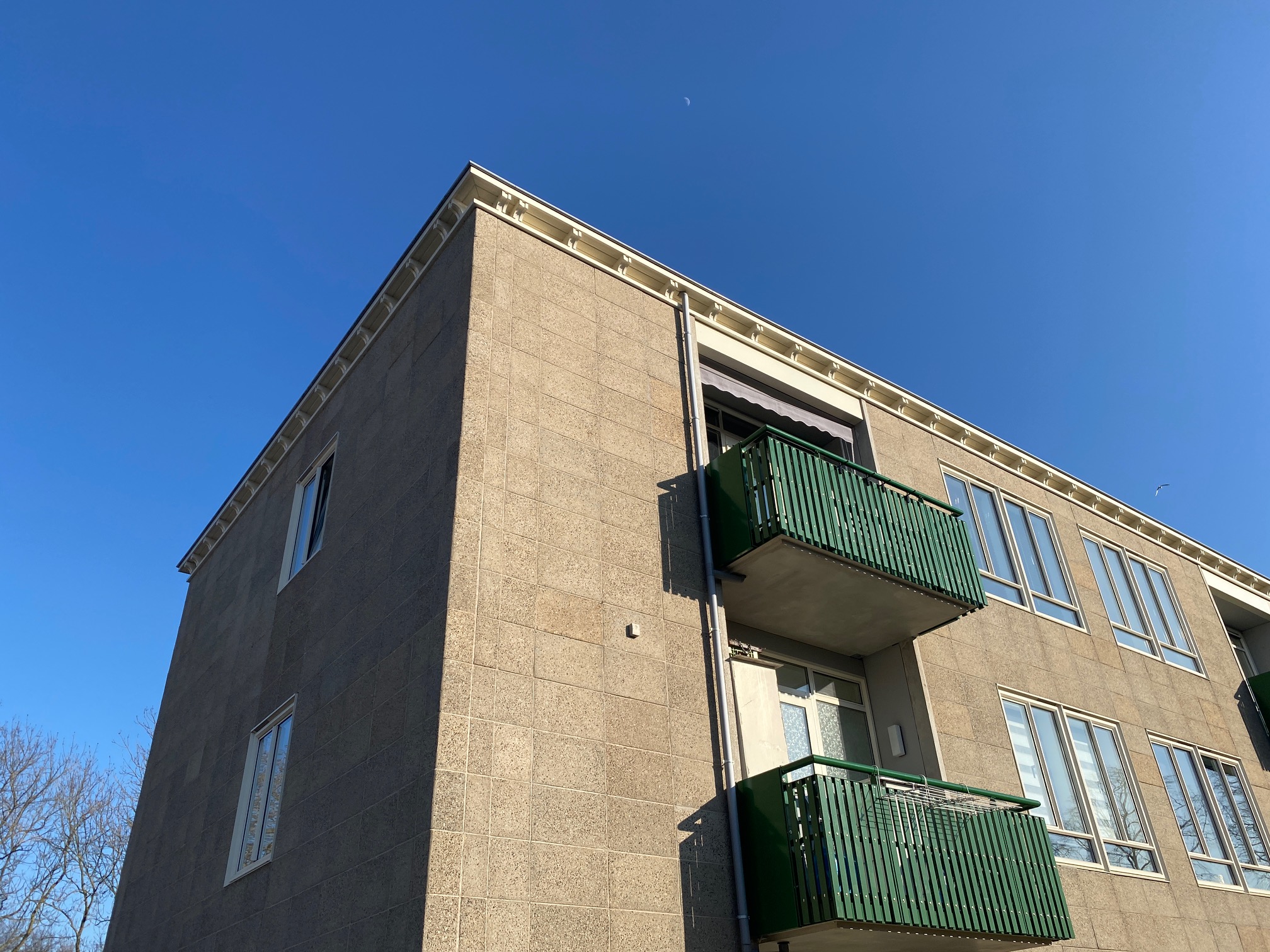
In the coming years the Lodewijk van Deysselbuurt will be renovated by Rochdale. The plans are for 1,200 new homes, 650 homes sustainably renovated and 512 homes demolished. It also includes refurbished streets and green parks, a new primary school building on another site and a new youth centre.
























